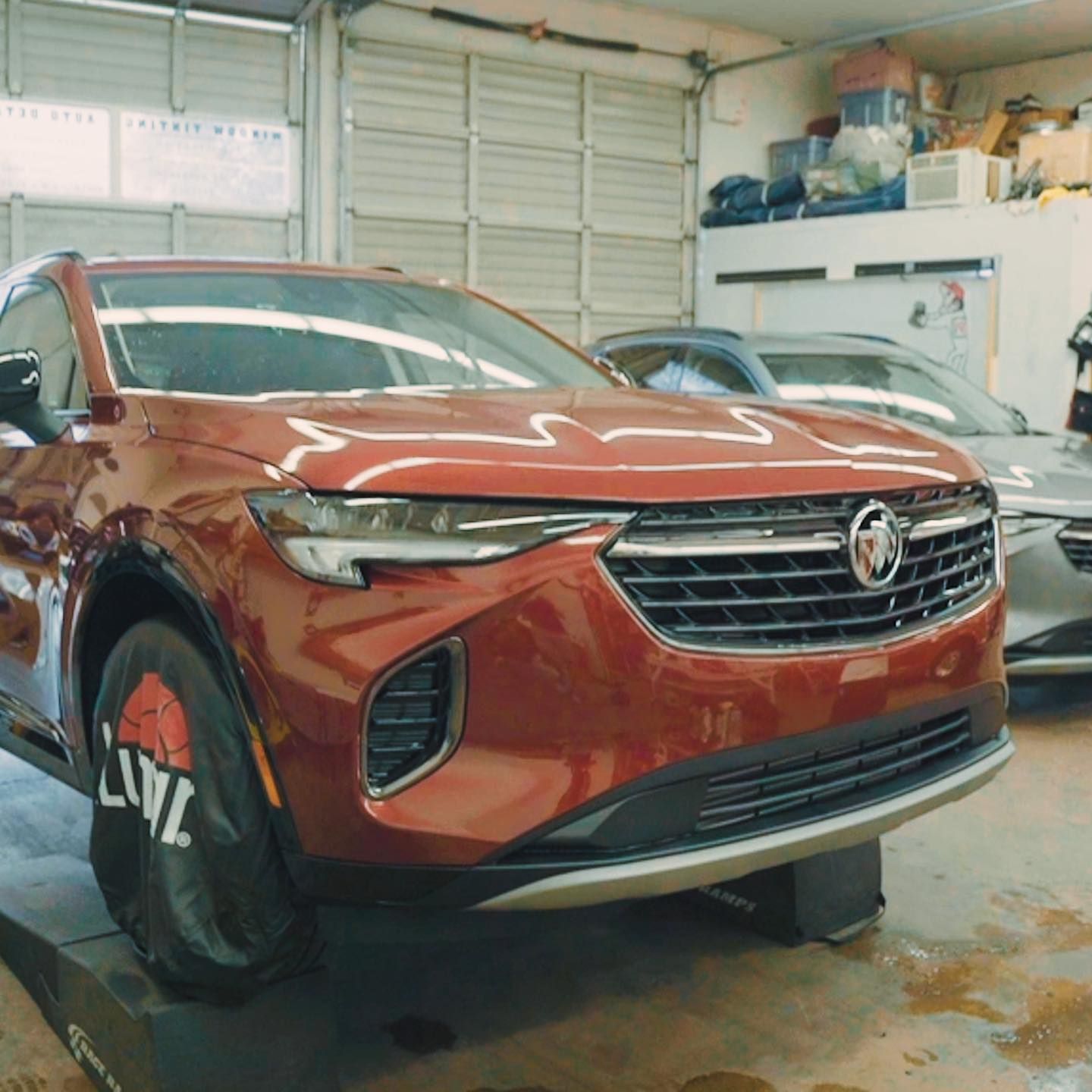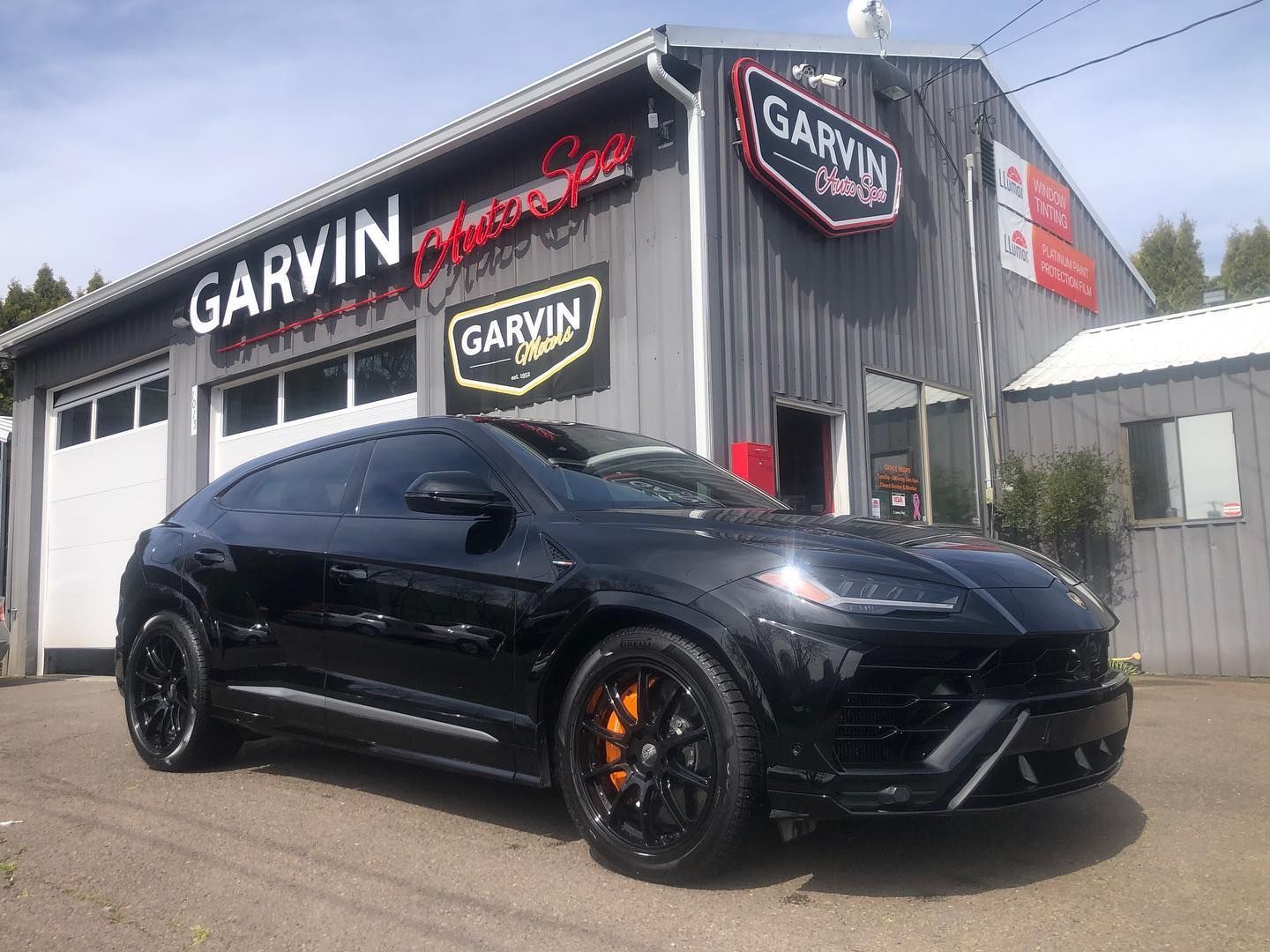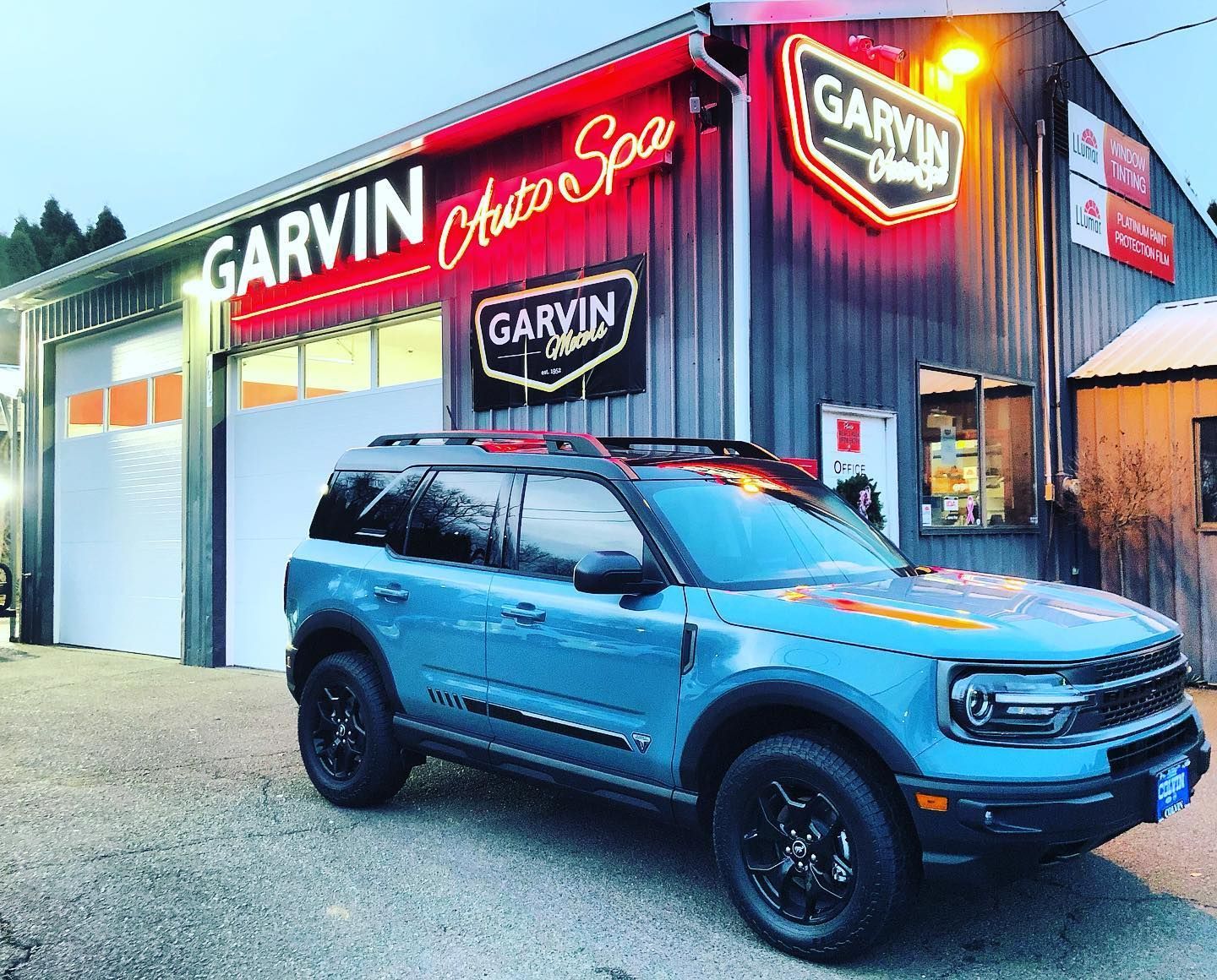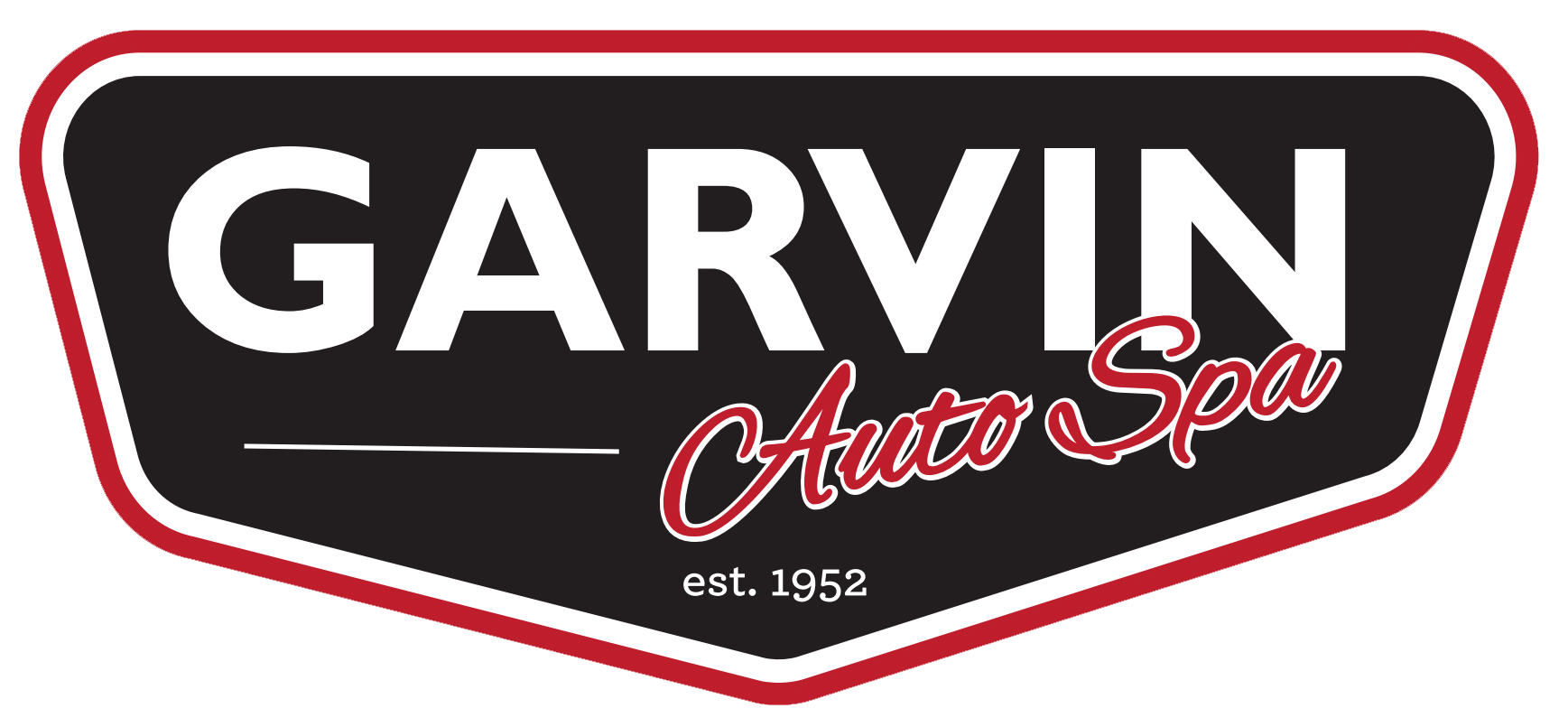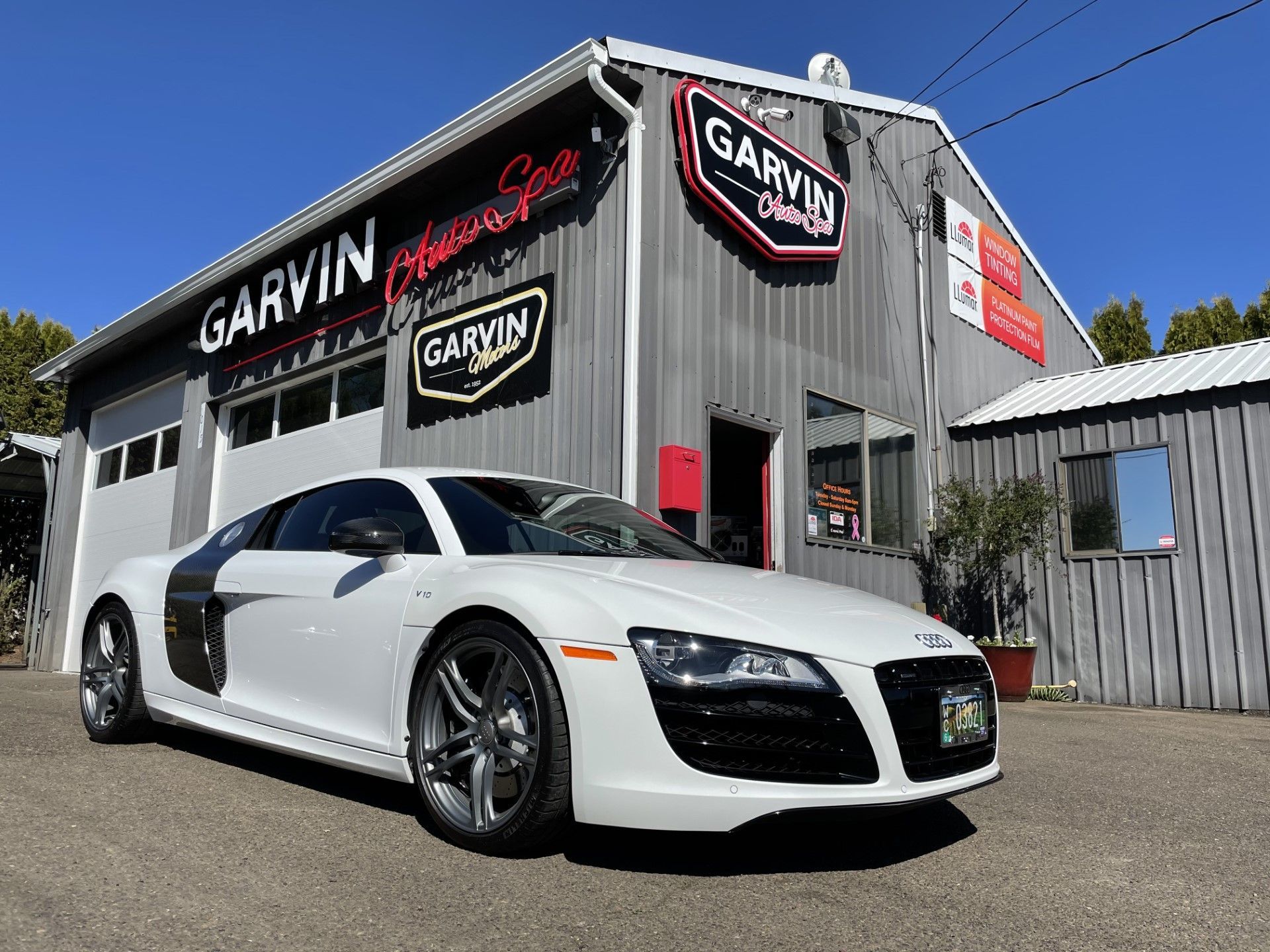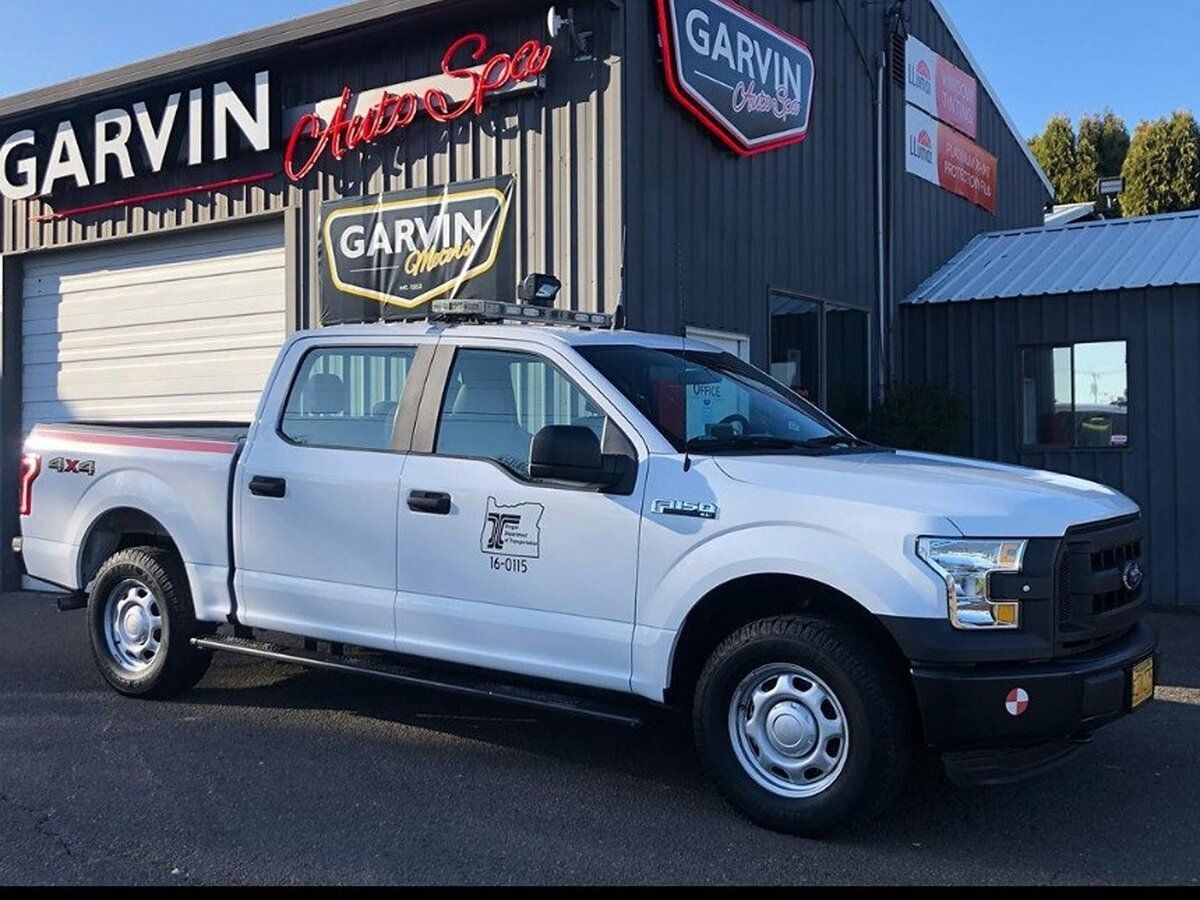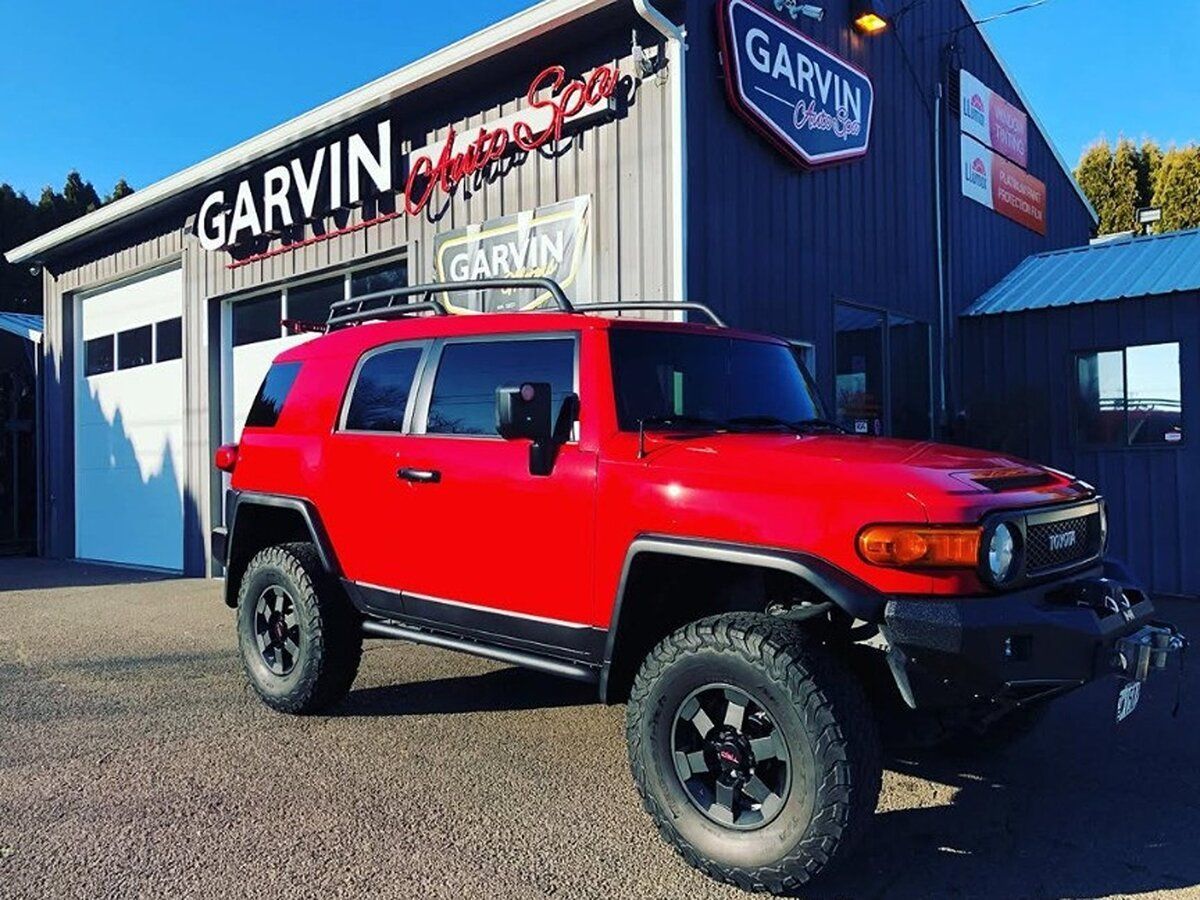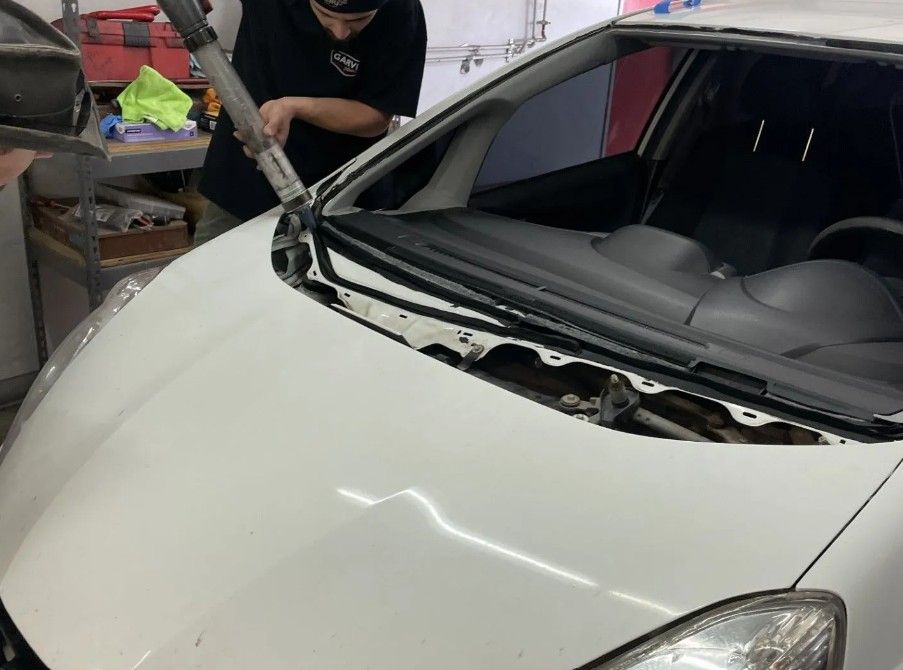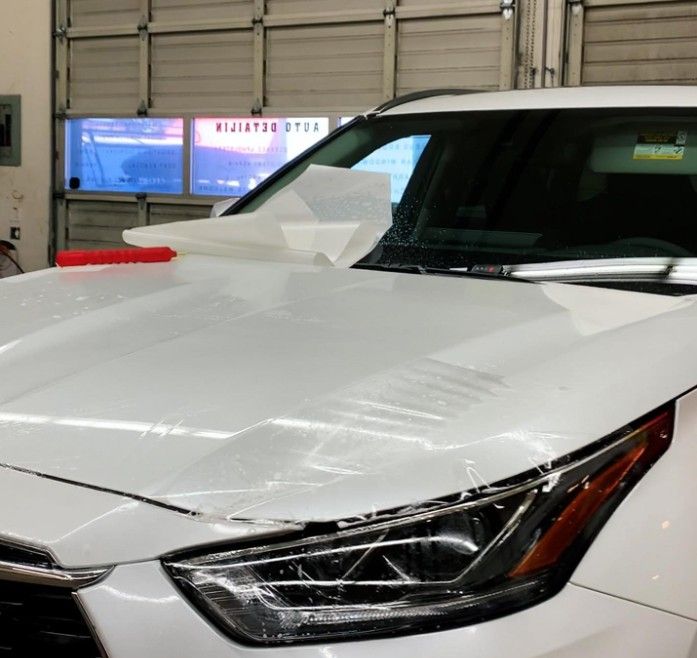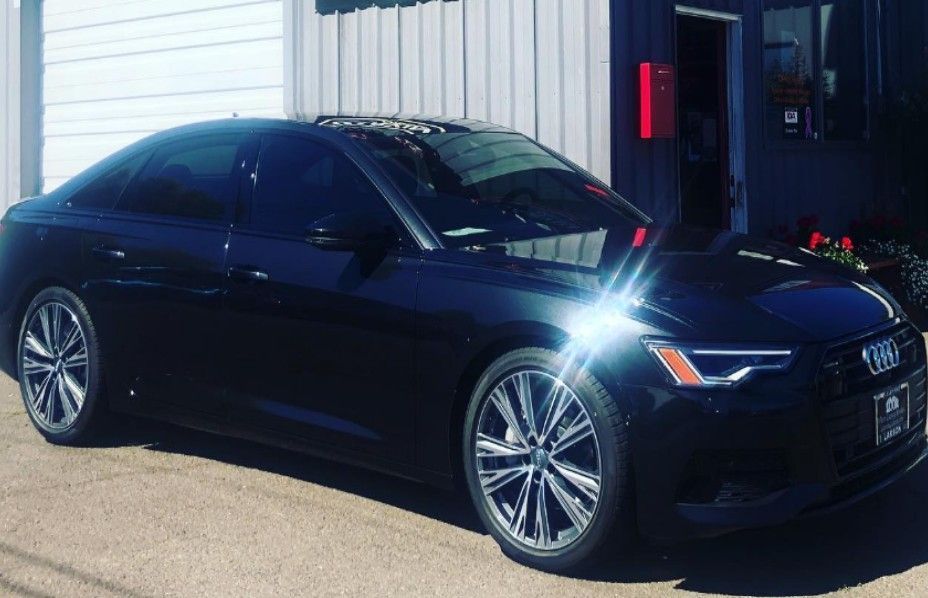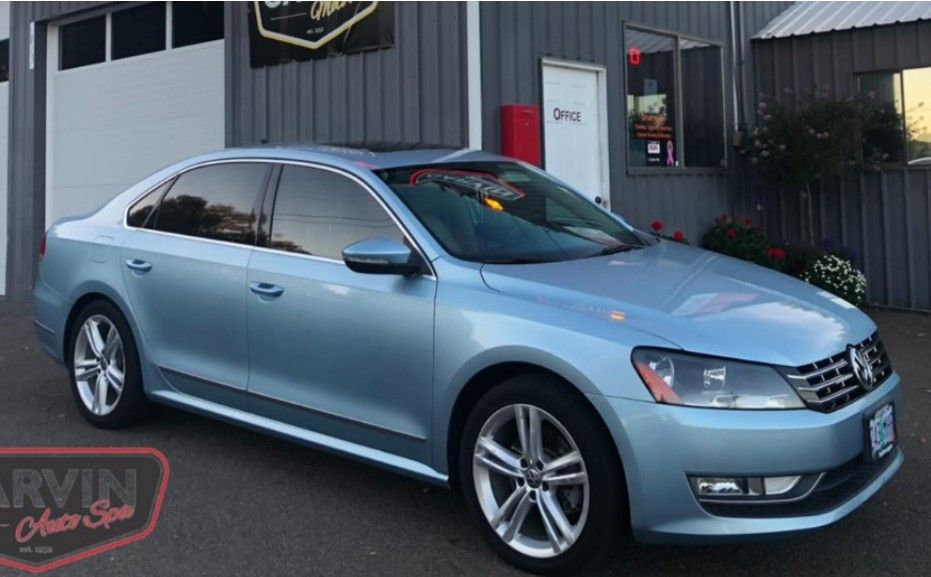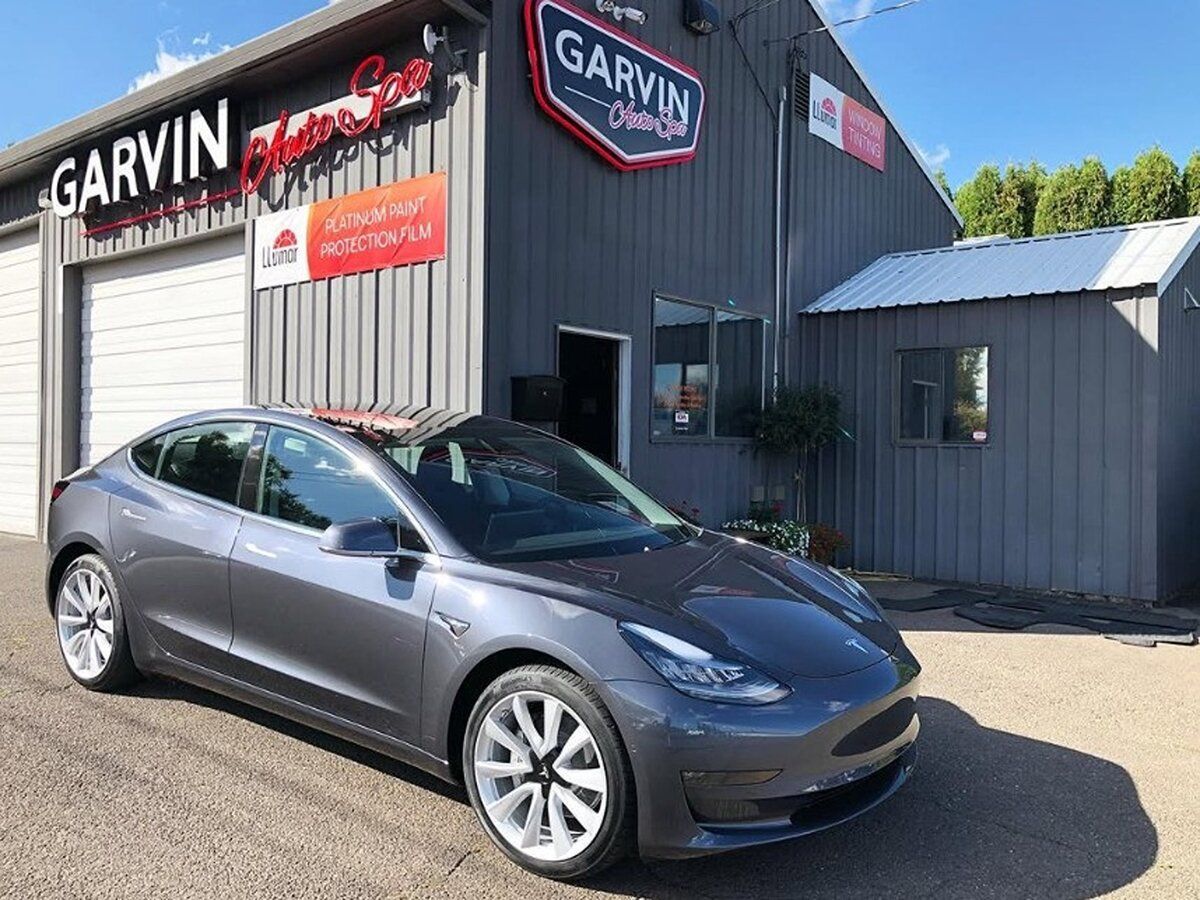The Science Behind Ceramic Coating: Why It’s So Effective for Vehicle Protection
Are you tired of constantly washing your car only to see dirt and grime stick to the surface? If so, you might want to consider ceramic coating as a solution. This innovative treatment promises not just a shine but real protection for your vehicle's paint from harmful elements like UV rays and dirt. With their unique properties that form a tough, hydrophobic barrier, ceramic coatings are becoming increasingly popular among car owners looking to preserve their vehicles’ appearance for years to come. In this article, we will dive into the science behind ceramic coatings, explore how they work, and discuss why they are a smart investment for anyone who values their car's aesthetic and longevity.
Ceramic coatings are effective due to their unique formulation that includes silicone-based polymers, which provide a hydrophobic surface that repels water and contaminants, ensuring easier cleaning. Additionally, the crosslinking agents in these coatings enhance hardness and durability, allowing them to resist environmental damage, chemical exposure, and UV degradation more effectively than traditional waxes or sealants.
The Basics of Ceramic Coating
Ceramic coating, commonly referred to as a glass or nano-coating, is a revolutionary product that acts as a protective layer over your vehicle's paint. This liquid polymer not only enhances the appearance of your car but also creates a powerful shield against environmental contaminants. When applied properly, ceramic coatings chemically bond with the factory paint, forming a semi-permanent layer that resists wear and tear from various elements.
At the heart of most ceramic coatings lies silicon dioxide (SiO₂), which gives these coatings their remarkable durability and hydrophobic characteristics. This means that water simply beads up on the surface instead of pooling or sticking to it. With water contact angles often exceeding 100 degrees, this hydrophobic effect helps keep your car cleaner for longer by repelling dirt and grime. Research suggests that effective ceramic coatings can last anywhere from 1 to 5 years if applied correctly and maintained properly, making them a smart long-term investment in protecting your vehicle's exterior.
Users often gravitate towards ceramic coatings because they simplify maintenance routines compared to conventional wax products. While traditional waxes need frequent reapplication—often just weeks after treatment—ceramic coatings provide lasting effects that allow for easier cleaning. In essence, once applied, these coatings make washing your vehicle significantly more straightforward since dirt and grime have less tenacity against the slick surface.
How Ceramic Nanoparticles Work
These nanoparticles are incredibly small, typically measuring less than 100 nanometers. Imagine something so tiny that it can't be seen without specialized equipment; this size allows them to fill microscopic gaps and valleys on a vehicle's surface effectively. By doing this, they create a more uniform and smooth finish compared to traditional coatings. As the nanoparticles tightly bond with the surface, they form a layer that not only enhances the shine but also improves the overall durability of the surface.
- Nanoparticles' Characteristics: What makes these nanoparticles special is their unique characteristics; their small size contributes significantly to their reactivity and ability to fill imperfections. The increased surface area compared to larger particles means they can react more efficiently with the substrate they cover. This results in a coating layer that functions almost like an invisible shield, offering robust protection against the elements. If you have ever noticed how water beads off a freshly coated surface, it’s this very reaction at play—the nanoparticles create an optimal environment where contaminants struggle to adhere
- High Surface Energy: Additionally, these nanoparticles boast high surface energy, an essential trait for any effective protective coating. Because of this high energy, there’s a chemical bond formed between the coating and the vehicle's paintwork, creating an ultra-hydrophobic and glossy surface that actively repels water, dirt, and other harmful contaminants. This repellent nature means you'll spend less time cleaning your car because grime simply can't stick around long enough to cause damage.
While wax offers some level of protection for a short period, ceramic coatings significantly outlast them while providing superior defense against environmental hazards. You simply won't find that kind of longevity with conventional waxing methods!
The Chemical Bonding Process
Understanding the chemical bonding process behind ceramic coatings reveals why they are so effective in providing long-lasting vehicle protection. It all starts with surface preparation, which is often overlooked. A properly prepared surface is critical; this typically involves washing, claying, and polishing the vehicle to remove contaminants like dirt and grime that could interfere with the coating's ability to bond properly. Think of it as priming a canvas before painting—the cleaner your surface, the better the outcome will be.
- Surface Preparation: Consider this analogy: imagine trying to stick adhesive tape on a greasy surface; it simply won't hold. The same principle applies to ceramic coatings. That's why it's essential to ensure your vehicle's surface is spotless, smooth, and free from imperfections. Not only does this enhance adhesion, but it also ensures you'll get the full benefits!
- Application: During this phase, the liquid polymer—a signature feature of ceramic coatings—is skillfully applied to the vehicle's exterior. As you apply the coating, something remarkable happens; the molecules of the coating react with the factory paint at a molecular level, forming a covalent bond. This strong chemical bond, unlike anything seen with traditional waxes or sealants, creates an almost protective shield around your vehicle's paint. As these molecules come together, they effectively fill in microscopic imperfections in the paint surface, enhancing both gloss and depth.
- Curing: Curing is where all the magic solidifies—even literally—with time. The curing phase involves allowing the coating to bond and harden further, solidifying its protective barrier around your paintwork. Depending on temperature and humidity levels in your environment, this process can take anywhere from 24 to 48 hours.
By knowing how these layers work together in harmony—one preparing for battle against contaminants while another shields them from harm—you'll appreciate more than ever why proper application and maintenance are crucial for longevity.
Unique Properties of Ceramic Coating
Ceramic coatings are often hailed as a game-changer in the realm of automotive care, largely due to their remarkable unique properties. One of the most notable characteristics is their hydrophobicity. This means that these coatings repel water to such an extent that water beads up and rolls right off the surface. Picture this: after a rainy day, your car looks like it has tiny pearls scattered across its bodywork. This isn’t just a pretty sight; this property also helps remove dirt and grime naturally when water runs off, which reduces the need for frequent washes.
- Hydrophobicity: The science behind hydrophobicity lies in the molecular structure of the coating itself. When water encounters the surface of a ceramic-coated vehicle, the high contact angle (typically between 100° and 110°) encourages water to bead instead of spreading out. This prevents contaminants from adhering to the surface, essentially keeping your vehicle cleaner for longer periods. It’s like having an invisible shield that keeps dirt at bay while making cleaning much easier. But it doesn’t stop there; durability is another crucial aspect of ceramic coatings.
- Hardness: The hardness of ceramic coatings plays a major role in their protective capabilities. These coatings often achieve high ratings on the pencil hardness scale—up to 9H—offering greater durability than traditional waxes or sealants. However, maintaining that level of protection requires regular upkeep, much like tuning a finely crafted instrument. Without proper care, the benefits can diminish over time. In addition to hardness and water repellency, UV resistance is another key feature to consider.
- UV Resistance: Ceramic coatings provide substantial UV resistance, helping prevent paint from fading or oxidizing under direct sunlight exposure. Ultraviolet rays can cause serious harm over time, leading not only to discoloration but also to loss of glossiness in your paint's finish. Having an effective protective layer means you can maintain your vehicle's aesthetic appeal even under harsh weather conditions. In some cases, ceramic coatings block up to 99% of harmful UV rays, ensuring that your car maintains both its vibrant color and shine for years ahead.
The combination of hydrophobicity, hardness, and UV resistance makes ceramic coatings an ideal choice for anyone wanting top-tier protection for their vehicle. This advanced layer of defense helps preserve your car’s finish, making maintenance easier and keeping it looking its best for years to come.
Effective Application Techniques
To achieve a flawless finish with ceramic coating, the environment in which you apply it plays a crucial role. Conducting the application in a controlled environment is important; a space that is free from dust and humidity will minimize any risks. Pollution and moisture can interfere with the bonding process, reducing the effectiveness of the coat. Applying a pristine coating in a clean garage or workshop may yield results far superior to working outside on a breezy autumn day when leaves and dirt can easily settle onto your freshly treated surface.
Environment Control
Along with cleanliness, proper temperature contributes to successful application. Ideally, try to keep your workspace around 70-75°F (21-24°C) with low humidity levels. This means avoiding hot summer days or damp rainy weather; both can negate the hard work you're doing.
Layering Method
Once you have prepared your environment, it’s all about how you apply the ceramic coating. The layering method is essential to ensure that every inch of your vehicle receives its fair share of protection.
- Apply in Sections: Start by breaking down your car into smaller sections—think of tackling one panel at a time. By focusing on small areas, you'll achieve even application more effectively. Use a microfiber applicator pad to help spread the coating evenly across the chosen section. This is where patience pays off; don’t rush through this step!
- Crosshatch Pattern: Here's where technique meets finesse. Use a crosshatch pattern while applying the coating—this ensures complete coverage and avoids leaving blind spots that might lead to unevenness later on. When moving your applicator pad, think “up-down” followed by “left-right” for maximum effectiveness.
- Buffing: As you work, keep an eye on your timing! Essential to the process, buffing should commence almost immediately after the application of each section. This helps prevent streaks or high spots and gives instant gratification as you see the sheen develop before your eyes. Professionals often recommend using a clean microfiber cloth for buffing; their experience tells them that taking just a moment longer during this step turns out seamless results.
Each step enhances not only aesthetics but also creates lasting protection for your vehicle's paintwork, underscoring the importance of careful application techniques in achieving optimal results as we transition into discussing common misconceptions and genuine long-term advantages of this premium protective solution.
Long-term Benefits of Ceramic Coatings
Ceramic coatings provide a multitude of long-term benefits that go beyond mere aesthetics. One of the most notable advantages is easier maintenance; the hydrophobic layer formed by these coatings means that water and dirt simply bead up and roll off the surface, making cleaning easier than ever before. Imagine spending less time scrubbing your car and more time enjoying it! Just a quick rinse after exposure to rain or mud can significantly lessen the effort needed to keep your vehicle looking pristine.
In addition, there’s the benefit of an enhanced gloss. Picture stepping back after application and seeing your car shine under sunlight like it's just rolled off the showroom floor. This deep, reflective finish not only elevates your vehicle's appearance but can also create a sense of pride in ownership, knowing you’re maintaining its beauty effectively. Yet, the value of a ceramic coating extends further than visuals; it also plays a crucial role in maintaining resale value. A well-maintained exterior can have a profound impact on how potential buyers perceive your vehicle. By keeping your car’s paint in excellent condition—shielded from environmental stressors—the ceramic coating aids in preserving its appeal over time, ultimately leading to better resale prices!
Whether you're a daily commuter or a car enthusiast, investing in ceramic coating means fewer washes, more gloss, and greater peace of mind. It's a smart, long-term commitment to keeping your vehicle looking newer for longer—something that both you and future buyers will appreciate. With proper application and maintenance, ceramic coating transforms how your vehicle withstands the elements, ensuring it remains a head-turner for years to come.
Top Ceramic Coating Services in McMinnville, OR
When it comes to protecting your vehicle with industry-leading ceramic coating in McMinnville, Garvin Auto Spa delivers results that speak for themselves. Their expertly applied coatings form a durable shield against the elements, bringing out a rich, lasting gloss while making maintenance effortless. From daily drivers to weekend showpieces, each car receives precision care backed by professional experience. Discover how Garvin Auto Spa can keep your paint flawless and your pride rolling strong.

